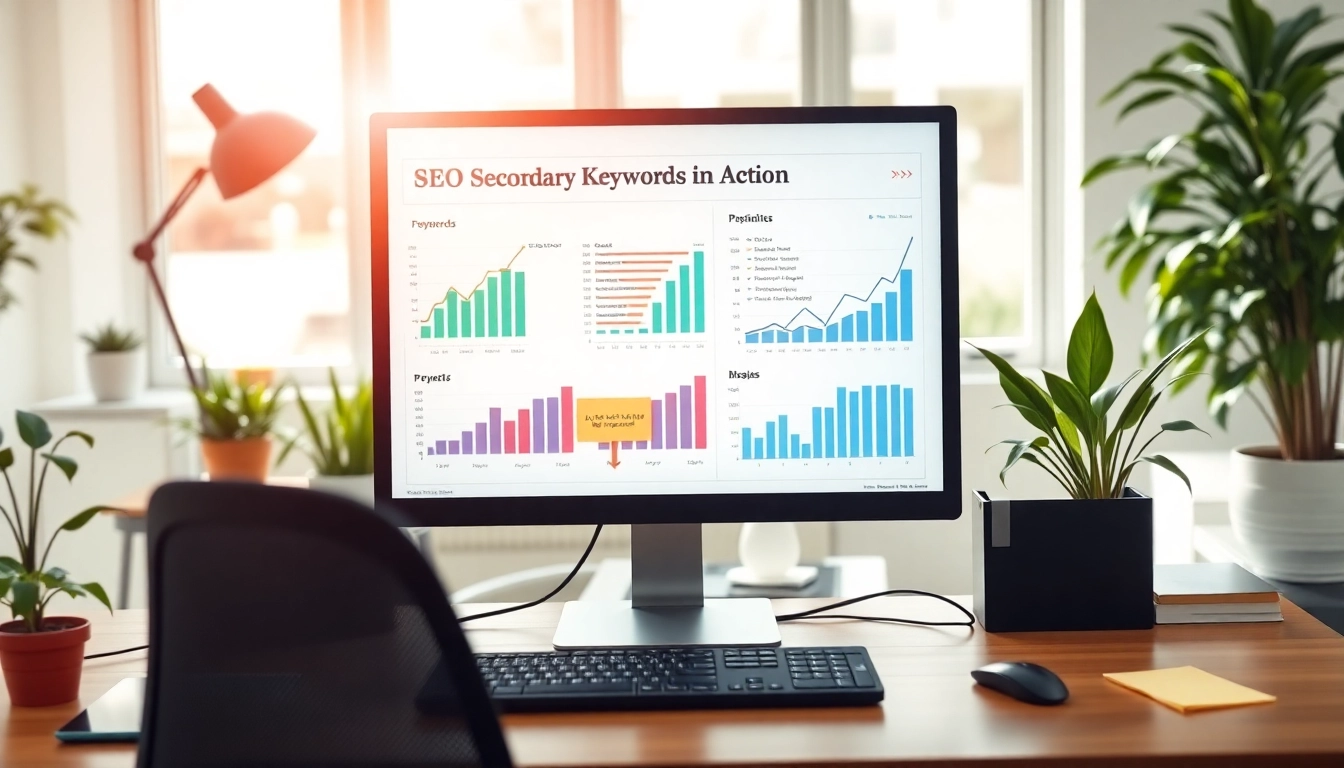Understanding the Basics of AI Presentation
In an increasingly competitive landscape, effective communication is essential, especially in business and educational environments. The rise of artificial intelligence has transformed how presentations are created and delivered, making the term ai presentation an integral part of today’s discourse. This article explores the fundamentals of AI presentations, equipping you with the knowledge to harness AI tools for conveying messages more effectively.
What is an AI Presentation?
An AI presentation leverages artificial intelligence technologies to enhance the creation, design, and delivery of presentations. Unlike traditional methods, which rely heavily on human input and intuition, AI presentations can integrate data analytics, automate repetitive tasks, and provide intelligent suggestions for content and design. This technological shift allows users to focus more on strategic messaging and audience engagement rather than the mechanics of presentation design.
Key Components of Effective Presentations
To craft a compelling AI presentation, certain components must be prioritized:
- Clear Objective: Every presentation should have a well-defined purpose, such as informing, persuading, or educating the audience.
- Engaging Content: Quality content is paramount. Whether through text, visuals, or audio, each element should contribute to the overall message.
- Effective Design: Aesthetically pleasing slides that follow design principles can enhance understanding and retention.
- Audience Awareness: Understanding the audience’s needs, preferences, and prior knowledge can guide the presentation’s tone and depth.
Benefits of Using AI in Presentations
The integration of AI into presentation development offers several distinct advantages:
- Efficiency: AI tools can significantly reduce the time spent on design and research, allowing presenters to focus on honing their message.
- Data-Driven Insights: AI can analyze audience data and provide valuable insights, tailoring the presentation to maximize impact.
- Enhanced Creativity: With AI’s ability to suggest design layouts and content ideas, presenters can explore new creative avenues that they may not have considered.
- Improved Accessibility: AI can facilitate closed captioning, translation, and other accessibility features, widening the reach and understanding of the presentation.
Best Practices for Crafting AI Presentations
Design Principles to Enhance Audience Engagement
Design is more than just aesthetics; it’s about creating a seamless experience for your audience. Emphasizing consistency in fonts, colors, and overall layout promotes brand recognition and helps convey messages effectively. Using whitespace intelligently can prevent your slides from feeling cluttered, maintaining the audience’s focus on critical elements of your presentation.
Utilizing Data Visualization Techniques
Data visualization is crucial in AI presentations, as complex data can be easily misinterpreted if presented poorly. Tools like charts, graphs, and infographics can transform abstract data into clear visual narratives. Effective data visualization can highlight trends, comparisons, and critical points, providing a more comprehensive understanding of the information conveyed.
Interactive Elements to Boost Engagement
Incorporating interactive elements, such as polls, quizzes, and Q&A sessions into your presentation fosters audience participation. AI technologies can help facilitate these activities, ensuring a smooth and engaging interaction. By making your presentation interactive, you encourage dialogue and feedback, enhancing the overall communication process.
Tools and Technologies for AI Presentations
Top AI Presentation Software Options
A variety of software options exist to streamline the presentation creation process using AI. Some notable tools include:
- Canva: Known for its user-friendly interface, Canva offers AI-driven design recommendations to create visually appealing presentations.
- Prezi: Prezi’s use of AI facilitates dynamic presentations that go beyond linear slides, promoting a more engaging viewer experience.
- Microsoft PowerPoint: Integrated AI features in PowerPoint, such as Designer, help automate design and layout suggestions tailored to your content.
- Google Slides: Google Slides utilizes AI for ease of collaboration and real-time feedback, enhancing teamwork during the presentation preparation phase.
Integrating Multimedia and AI Tools
The incorporation of multimedia—such as videos, audio clips, and animations—can elevate a presentation from mundane to memorable. AI tools can help curate multimedia content that aligns with your message and engages your audience effectively. Moreover, selecting appropriate multimedia elements requires understanding the audience and context in which these will be showcased to provide value rather than distraction.
Customizing Content for Target Audience Needs
AI-driven analytics can provide insights into your audience’s demographics and preferences, enabling you to customize content effectively. By analyzing feedback from previous presentations or conducting surveys, AI can recommend ways to modify your approach to better connect with your audience, ensuring your message resonates.
Common Challenges in AI Presentation Development
Overcoming Technical Difficulties
Despite the advantages, integrating AI into presentations can come with technical challenges. Common issues may include software glitches, lack of user experience, and hardware compatibility problems. To mitigate these challenges, it’s advisable to conduct thorough testing of software prior to important presentations and ensure that all technical requirements are met in advance.
Addressing Audience Misunderstandings
With the incorporation of AI and complex data, there is a risk of misunderstandings. Presenters must prioritize clarity and ensure that jargon is minimized. Techniques such as breaking down complex concepts, using relatable examples, and confirming audience comprehension through questions can help alleviate confusion. Moreover, practicing the delivery with a focus on simplicity can ensure accessibility for all audience members.
Balancing AI Insights with Human Touch
While AI can offer valuable insights, it is vital for presenters to maintain a human touch. Engaging with the audience on a personal level, sharing stories, and allowing for spontaneous interactions can create a balance between AI-driven content and genuine human connection. Authenticity often resonates more profoundly with audiences than data-heavy or automated presentations.
Measuring Success of AI Presentations
Key Performance Indicators to Track
To assess the effectiveness of AI presentations, it is crucial to establish relevant key performance indicators (KPIs). Metrics like audience engagement levels, retention rates, and post-presentation feedback can provide insightful data regarding the success of your presentation. Monitoring social media shares, comments, and follow-up questions regarding your presentation may also reflect its impact.
Feedback Mechanisms for Continuous Improvement
Incorporating feedback mechanisms is vital for continual growth and enhancement in presentation skills. Use surveys or polls to gather audience feedback post-presentation. Analyze which elements garnered positive responses and which areas require refinement. Continuous learning from feedback ensures presenters evolve to meet changing audience expectations better.
Case Studies: Successful AI Presentations
Several organizations have leveraged AI in their presentations successfully. For instance, leading brands like Microsoft and Google frequently utilize AI tools for their product announcements, demonstrating data visualization and interactive components to convey their innovations effectively. These organizations often create case studies around their presentations that highlight significant engagement improvement after incorporating AI-focused strategies, serving as a best practice benchmark for others in the field.















Leave a Reply